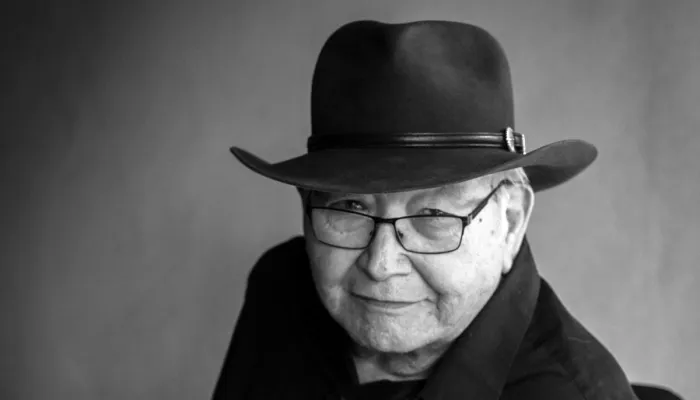Duncan Campbell Scott
Biography
Born in Ottawa, Ontario, Duncan Campbell Scott began working for the Department of Indian Affairs at the age of 17. Over the next 52 years, he was a key figure in the expansion of Canada's residential school system and in the establishment of Treaty 9. He also became an accomplished poet whose writing celebrated the Canadian wilderness and included colonialist representations of indigenous people (see “The Onondaga Madonna,” for example). Although Scott has been widely celebrated (in 1958, poet A. J. M. Smith declared, “[Scott] is as sensitive and intense as Carman, and far more accurate; as accurate as Lampman or Roberts, and more truly passionate than either”), his legacy has been challenged; concrete examples of this include this poem by Armand Garnet Ruffo and the rewriting of the plaque next to his grave.


